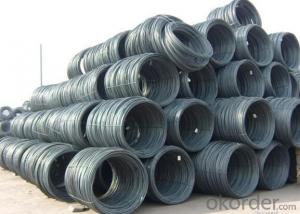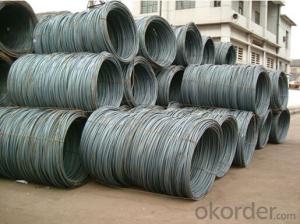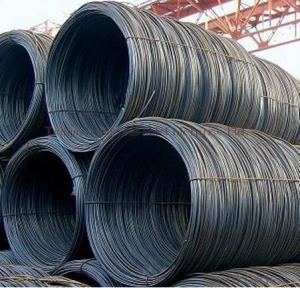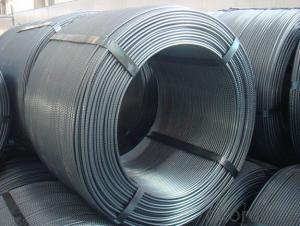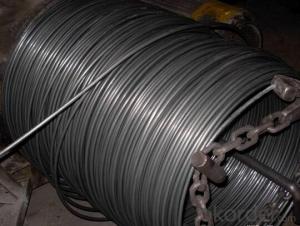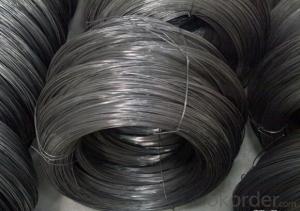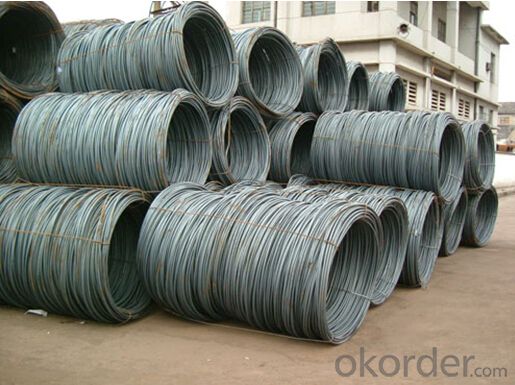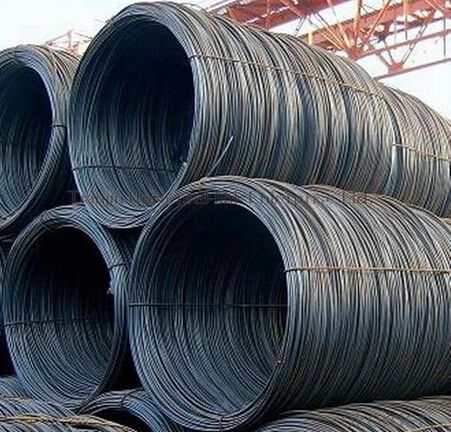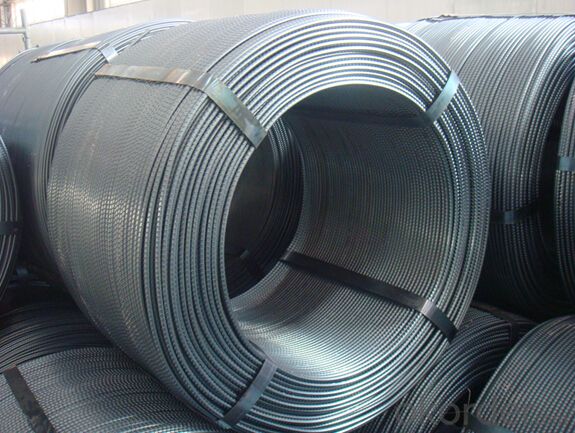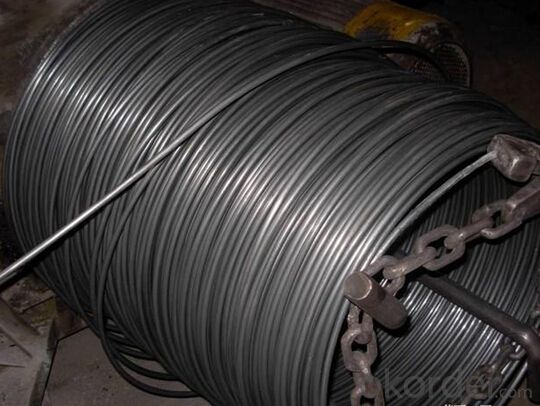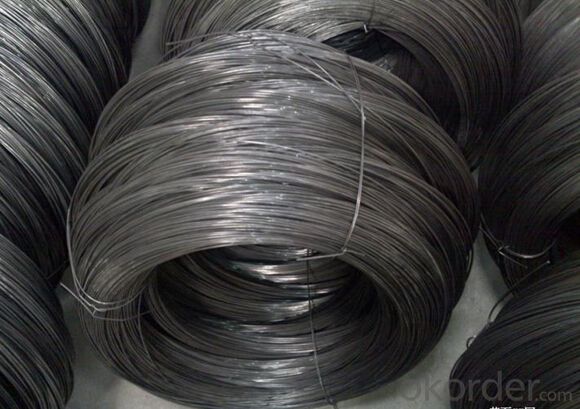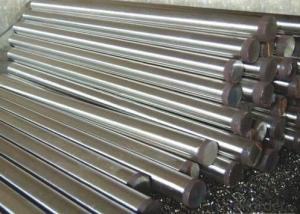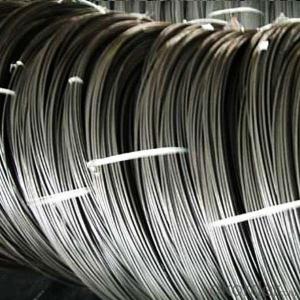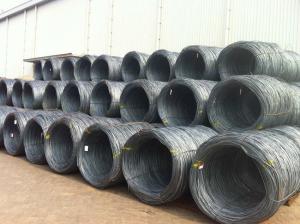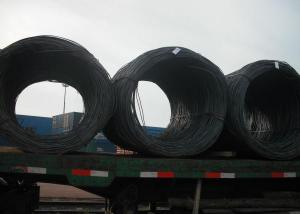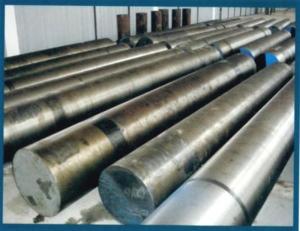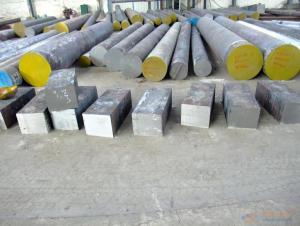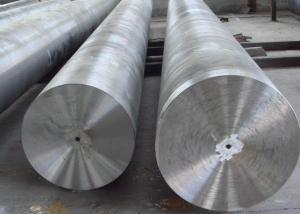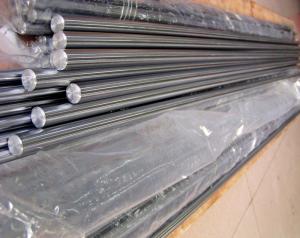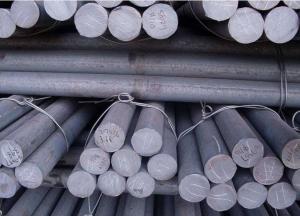Grade Q195 Low Carbon Steel Wire Rod/MS Wire Rod in Coils
- Loading Port:
- Tianjin
- Payment Terms:
- TT OR LC
- Min Order Qty:
- 3 m.t.
- Supply Capability:
- 10000 m.t./month
OKorder Service Pledge
Quality Product, Order Online Tracking, Timely Delivery
OKorder Financial Service
Credit Rating, Credit Services, Credit Purchasing
You Might Also Like
Specification
Type:
Carbon Steel,Alloy Steel,Spring Steel,Bearing Steel,Gear Steel,Deformed Steel,Stainless Steel
Shape:
Steel Coil,Steel Sheet,Steel Wire Rod,Steel Flat Bar,Steel Square Bar,Steel Angle,Steel Round Bar,Steel Billets
Technique:
Hot Rolled,Cold Rolled,Cold Drawn,ERW,Forged,Saw,Extruded,EFW,Spring
Surface Treatment:
PVDF Coated,Black,Bright,Polished,Chromed Passivation,Dry,Oiled,Color Coated,Copper Coated,Coated,Galvanized
Certification:
SGS,ISO,BV,BSI,API,CE,RoHS,IBR,UL
Thickness:
5-20mm
Width:
5-20mm
Length:
In Coils
Outer Diameter:
5-20mm
Net Weight:
2m.t.
Packaging:
Seaworthy packaging
Grade Q195 Low Carbon Steel Wire Rod/MS Wire Rod in Coils
Detailed Information of the Grade Q195 Low Carbon Steel Wire Rod/MS Wire Rod in Coils
| Name | Hot Rolled High Carbon Wire Rod |
| Shape | Round Bar/Square Bar/Flat Bar/Plate/Wire |
| Standard | GB/ASTM/SAE/AISI/DIN/JIS/EN/BS |
| Surface Treatment: | Black/Peeling/Polished/Machined |
| Delivery Condition: | Hot Rolled or Forged/Peeled or Black Surface |
| Test | SGS/UT 100% Elements Testing |
| Certificate: | ISO/Mill Certificate |
| Service: | 24 hours online service / |
| more than 20 years trading and manufacture | |
| Quality Assurance: | the third party inspection, such as SGS, BV, TUV…etc. is acceptable |
| Packaging Details: | Seaworthy Packaging or as per customer's packing instruction |
Chemical Composition of the Grade Q195 Low Carbon Steel Wire Rod/MS Wire Rod in Coils
| Grade | Chemical Composition(%) | |||||
| C | Mn | Si | S | P | B | |
| SAE1008 | 0.1max. | 0.3~0.50 | 0.15max | 0.050max | ≤0.040 | >0.0008 |
| Mechanical properties | ||||||
| Yield strength(N/mm2) | Tensile strength(N/mm2) | Elongation(%) | ||||
| 250-280 | 350-380 | ≥32 | ||||
Company Introduction the Grade Q195 Low Carbon Steel Wire Rod/MS Wire Rod in Coils
CNBM International Corporation is the most import and export platform of CNBM group(China National Building Material Group Corporation) ,which is a state-owned enterprise, ranked in 270th of Fortune Global 500 in 2015.
With its advantages, CNBM International are mainly concentrate on Cement, Glass, Iron and Steel, Ceramics industries and devotes herself for supplying high quality series of refractories as well as technical consultancies and logistics solution.
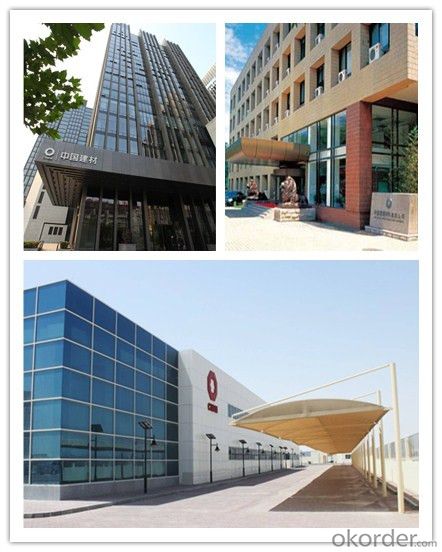
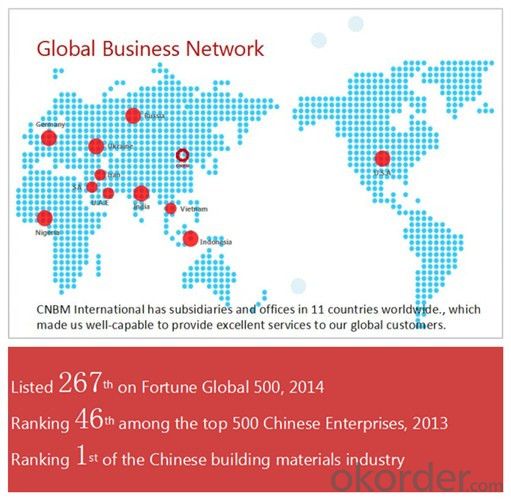
| After-sale service | CNBM provides the services and support you need for every step of our cooperation. We’re the business partners you can trust; you can relax and get on with doing business. |
| For any problem, please kindly contact us at any your convenient time, we’ll reply you in our first priority within 24 hours | |
| Advantages | Industry experience over 20 years. |
| Shipment of goods -More than 70 countries worldwide. | |
| The most convenient transport and prompt delivery. | |
| Competitive price with best service. | |
| High technical production line with top quality products. | |
| High reputation based on best quality products. |
Packaging & Delivery the Grade Grade Q195 Low Carbon Steel Wire Rod/MS Wire Rod in Coils
| Packaging Detail | Sea worthy packing /as per customer's packing instruction |
| Delivery Detail | 15 ~ 40 days after receiving the deposit |
Products Show
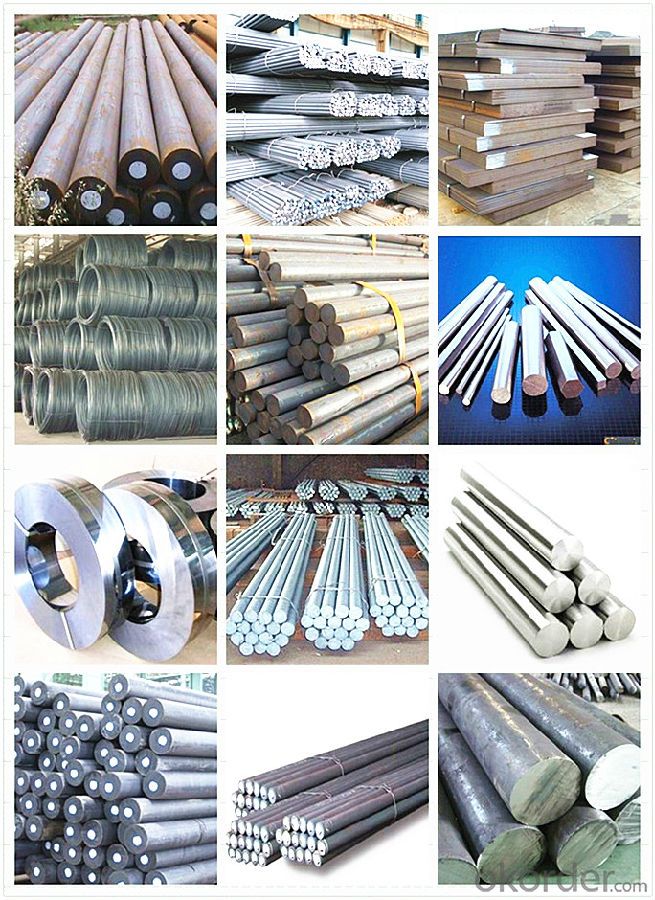
FAQ:
| Are you a trader or manufacturer? | Manufacturer |
| What’s the MOQ? | 3 metric ton |
| What’s your delivery time? | 15-35 days after downpayment received |
| Do you Accept OEM service? | Yes |
| what’s your delivery terms? | FOB/CFR/CIF |
| What's the Payment Terms? | 30% as deposit,70% before shipment by T/T |
| Western Union acceptable for small amount. | |
| L/C acceptable for large amount. | |
| Scrow ,Paybal,Alipay are also ok | |
| Why choose us? | Chose happens because of quality, then price, We can give you both. |
| Additionally, we can also offer professional products inquiry, products knowledge train (for agents), smooth goods delivery, excellent customer solution proposals. | |
| What's your available port of Shipment? | Main Port, China |
| What’s your featured services? | Our service formula: good quality+ good price+ good service=customer's trust |
| Where are your Market? | Covering more than 160 countries in the world |
- Q: What are the different low-temperature grades of special steel?
- There are several low-temperature grades of special steel, including but not limited to: austenitic stainless steel, ferritic stainless steel, martensitic stainless steel, and duplex stainless steel. These grades are specifically designed to maintain their strength and toughness at low temperatures, making them suitable for applications in cryogenic environments.
- Q: What are the different methods of surface honing for special steel?
- There are several different methods of surface honing for special steel, each with its own advantages and applications. Some of the most commonly used methods include: 1. Manual Honing: This method involves using hand-held honing tools such as stones, sticks, or abrasive pads to manually remove material from the surface of the special steel. Manual honing allows for precise control and is often used for smaller or intricate parts. 2. Machine Honing: Machine honing utilizes specialized honing machines that automate the honing process. These machines typically consist of rotating honing stones or abrasive belts that remove material from the surface of the steel. Machine honing is often preferred for larger or more complex parts, as it can achieve consistent and high-quality results. 3. Diamond Honing: Diamond honing is a method that uses diamond abrasives to remove material from the surface of the special steel. Diamond is one of the hardest substances known, making it highly effective for honing steel. This method is often used for high-precision applications or when a very smooth surface finish is required. 4. Superfinishing: Superfinishing is a specialized honing process that is used to achieve extremely fine surface finishes on special steel. It involves using a combination of honing stones and abrasive pastes to remove microscopically small amounts of material from the surface. Superfinishing is typically used for critical applications where surface roughness and dimensional accuracy are of utmost importance. 5. Lapping: Lapping is a honing method that uses a combination of abrasive particles and a rotating or vibrating tool to remove material from the surface of the steel. It is often used for parts that require a very flat or parallel surface, such as bearings or sealing surfaces. 6. Electrochemical Honing: Electrochemical honing is a specialized honing process that uses an electric current to remove material from the surface of the special steel. It is often used for complex or hard-to-reach surfaces, as it can effectively remove material from areas that are difficult to access with other honing methods. In summary, the different methods of surface honing for special steel include manual honing, machine honing, diamond honing, superfinishing, lapping, and electrochemical honing. Each method has its own unique advantages and applications, allowing for precise control and achieving the desired surface finish and dimensional accuracy for special steel components.
- Q: What grade of iron powder should be used for processing special steel? Are there any other elements on the request? How much are they?
- The main special steel carbon structural steel, carbon tool steel, carbon spring steel, alloy spring steel, alloy structural steel, bearing steel, alloy tool steel, alloy tool steel, high-speed tool steel, stainless steel, heat-resistant steel and high-temperature alloy, precision alloy, gold and other electric heating.
- Q: What are the different heat treatment processes for special steel?
- Some of the different heat treatment processes for special steel include annealing, quenching and tempering, hardening, case hardening, and precipitation hardening.
- Q: Can special steel be used in cryogenic applications?
- Yes, special steel can be used in cryogenic applications. Special steels, such as austenitic stainless steels like 304 or 316, are commonly used in cryogenic applications due to their excellent mechanical properties and resistance to low temperatures. These steels are able to maintain their strength, toughness, and ductility even at extremely low temperatures, making them suitable for use in cryogenic environments. Additionally, special steels can also exhibit good resistance to corrosion and thermal expansion, which are important factors to consider in cryogenic applications. Overall, special steel alloys are well-suited for use in cryogenic applications due to their unique combination of properties that enable them to withstand and perform in extremely cold conditions.
- Q: Can special steel be used in the production of surgical implants?
- Yes, special steel can be used in the production of surgical implants. Special steel alloys such as stainless steel and titanium alloys are commonly used in the manufacturing of surgical implants due to their excellent biocompatibility, corrosion resistance, and mechanical properties. These materials provide the necessary strength, durability, and compatibility required for surgical implant applications.
- Q: How is special steel classified?
- Special steel is classified based on its chemical composition, manufacturing process, and specific properties. It can be categorized into various types such as stainless steel, tool steel, alloy steel, and high-speed steel, each having distinct characteristics that make them suitable for specific applications.
- Q: How does special steel contribute to the automotive suspension industry?
- Special steel contributes to the automotive suspension industry by providing high strength and durability to suspension components. It allows for lighter and more efficient designs, improving handling, stability, and overall performance of vehicles. Special steel also enhances safety by increasing the ability to absorb and dampen shocks and vibrations, resulting in a smoother and more comfortable ride for passengers.
- Q: What are the different surface coatings available for special steel?
- There are several different surface coatings available for special steel, such as galvanizing, electroplating, powder coating, and organic coatings. Each coating offers unique benefits and characteristics, ranging from enhanced corrosion resistance to improved aesthetic appearance and durability. The choice of coating depends on the specific requirements of the application and the desired outcome for the steel product.
- Q: What are the environmental considerations associated with special steel production?
- The production of special steel entails various environmental factors to consider due to its resource-intensive nature and the emissions produced throughout the manufacturing process. One primary environmental factor associated with special steel production involves the extraction of raw materials. The production of special steel necessitates specific alloys and additives, typically requiring the extraction of rare or valuable metals. The mining of these materials can result in significant environmental consequences, such as habitat destruction, soil erosion, water pollution, and the release of toxic substances. Another factor to consider is the energy consumption during the production process. Special steel production includes energy-intensive stages like melting, refining, and shaping. These processes frequently rely on fossil fuels, contributing to greenhouse gas emissions and air pollution. Moreover, the high temperatures required for steel production result in substantial carbon dioxide emissions, a leading cause of climate change. Water usage also poses a concern in special steel production. The production process demands a substantial quantity of water for cooling, cleaning, and lubrication. If not managed appropriately, this can lead to water scarcity and pollution. The effluents produced during production may contain heavy metals, acids, and other pollutants, capable of harming aquatic ecosystems if not adequately treated. Waste generation is another environmental aspect to consider. Special steel production generates various types of waste, including slag, dust, and sludge. These waste materials may contain heavy metals, toxins, and other pollutants. Proper disposal or treatment of these wastes is crucial to prevent pollution of soil, water, and air. Lastly, the transportation of raw materials and finished products in special steel production can contribute to carbon emissions and air pollution. The long-distance shipping of raw materials and finished steel products adds to the overall environmental impact of the industry. In conclusion, special steel production presents numerous environmental considerations, including raw material extraction, energy consumption, water usage, waste generation, and transportation. To mitigate these impacts, companies should prioritize sustainable sourcing of raw materials, invest in energy-efficient technologies, promote water conservation and treatment practices, manage and minimize waste generation, and explore cleaner transportation options.
Send your message to us
Grade Q195 Low Carbon Steel Wire Rod/MS Wire Rod in Coils
- Loading Port:
- Tianjin
- Payment Terms:
- TT OR LC
- Min Order Qty:
- 3 m.t.
- Supply Capability:
- 10000 m.t./month
OKorder Service Pledge
Quality Product, Order Online Tracking, Timely Delivery
OKorder Financial Service
Credit Rating, Credit Services, Credit Purchasing
Similar products
Hot products
Hot Searches
Related keywords
